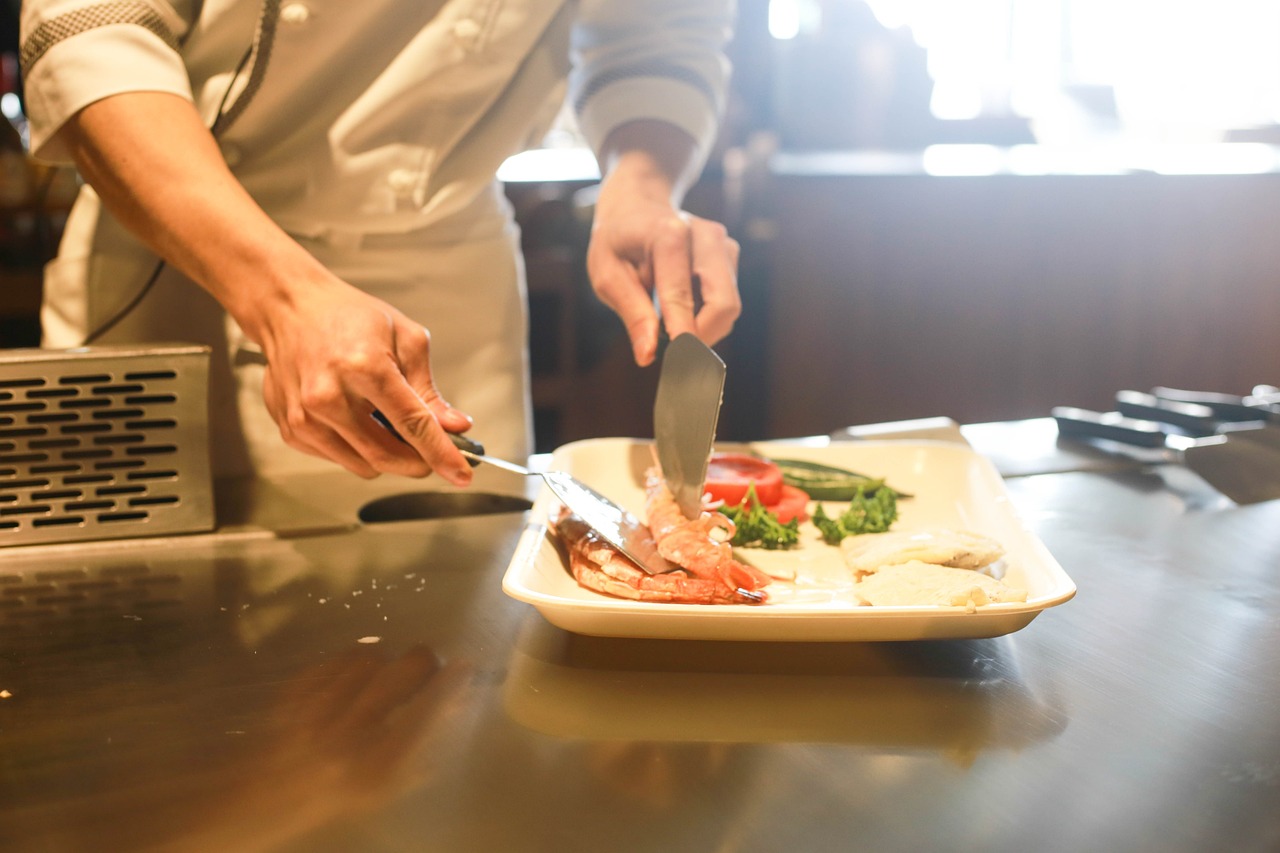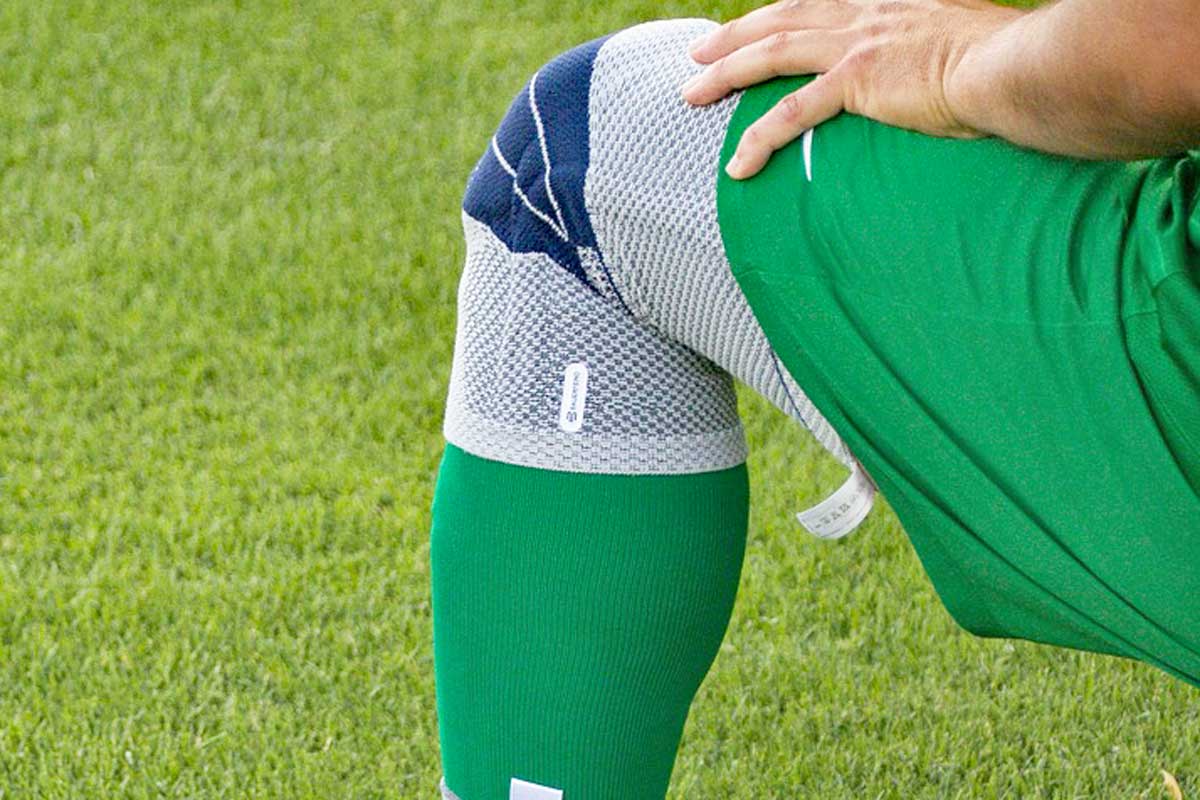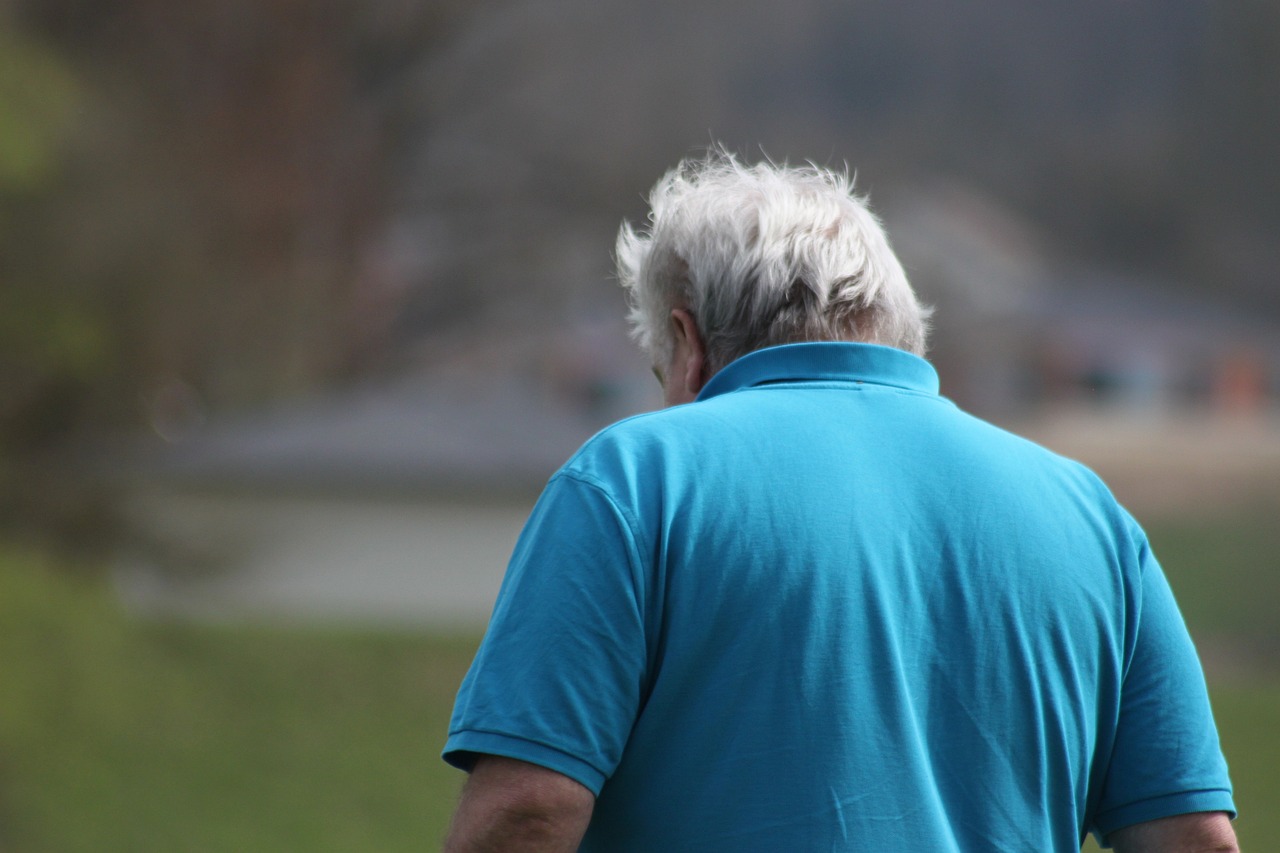As a weight management practitioner for over 20 years, I’ve reached many conclusions about helping people achieve healthier lives. One of the most controversial, but also the most effective, is my belief that overweight and obese individuals should eat more food—specifically, real, unprocessed food. Time and again, I’ve seen clients transform their health and lose weight by adopting this seemingly counterintuitive approach. To illustrate this concept, I often use a simple group experiment to highlight the stark differences between real and processed foods.
The Experiment: Real Food vs. Processed Food
In motivational group sessions, I place two tables at the front of the room. One table holds real foods: eggs, fish, rice, vegetables, and fruit. The other displays processed items: sweets, chocolate, cola, candy, and ice cream. I then ask participants to stand by the table they believe represents healthier choices.
Without fail, every participant congregates by the real food table. When asked why, their responses usually involve terms like "healthy," "natural," or "unprocessed." Pressing them further, I ask why they instinctively know these foods are better for them. After some deliberation, the group invariably lands on one simple truth: "These foods have grown." This is why overweight and obese individuals should eat more real, not processed, food.
The Unique Nature of Foods That Grow
This revelation sets the stage for an exploration of why foods that grow—fruits, vegetables, grains, and certain animal products—are inherently better for our bodies. Unlike processed foods, which are stripped of their natural qualities through refining and chemical additives, real foods retain the essential nutrients and energy our bodies need to function optimally.
The Science of Growth and Nutrition
At the heart of all life on Earth is the sun. Its light and energy fuel the process of photosynthesis, whereby plants convert water and carbon dioxide into carbohydrates. This miracle of nature occurs in chloroplasts, specialized cells in plant leaves that produce the carbohydrates we consume as food. These carbohydrates become the fuel for our cells, sustaining life and enabling growth and repair.
When we eat plants—or animals that have fed on plants—we unlock this stored energy. Our mitochondria process the carbohydrates, releasing the energy that powers every function of our bodies. This cycle of energy transfer, from the sun to plants to animals and back again, is nature’s intricate design for life.
The Downside of Processed Foods
Processed foods, by contrast, disrupt this natural cycle. Often devoid of essential nutrients, these foods are loaded with additives, sugars, and unhealthy fats. They may provide calories, but they lack the nutritional value needed to sustain optimal health. Moreover, their artificial composition can interfere with the body’s natural processes, leading to weight gain, inflammation, and a host of chronic health issues.
The Case for Eating More Real Food
One of the most important shifts overweight and obese individuals can make is prioritizing real, whole foods in their diet. These foods are nutrient-dense, meaning they provide a high level of vitamins, minerals, and other essential nutrients, like antioxidants, relative to their calorie content. By eating more of these foods, individuals can nourish their bodies, reduce cravings for unhealthy options, and support sustainable weight loss.
Contrary to popular belief, eating more real food doesn’t mean overeating. Instead, it’s about replacing empty-calorie processed foods with nutrient-rich options that satisfy hunger and fuel the body effectively. This approach not only aids in weight management but also improves overall health and well-being.
Practical Tips for Choosing Real Food
To incorporate more real food into your diet, start by examining your meals. Ask yourself, "Did this food grow?" If the answer isn’t immediately clear, it might be worth reconsidering. Choose fresh fruits and vegetables, whole grains, lean proteins, and healthy fats. Limit foods with long ingredient lists or those that have been heavily processed.
Meal preparation can also play a crucial role in transitioning to a diet of real foods. Cooking at home allows you to control the ingredients and avoid hidden additives. Experiment with simple recipes that highlight the natural flavors of whole foods, making your meals both delicious and nutritious.
The Benefits of Real Food
By prioritizing real food, individuals can experience a range of benefits:
Improved Energy Levels: Nutrient-dense foods provide sustained energy, reducing the highs and lows associated with processed options.
Better Digestion: Whole foods are often rich in fiber, supporting a healthy digestive system.
Reduced Risk of Chronic Diseases: A diet rich in whole foods is associated with a lower risk of conditions like heart disease, diabetes, and obesity.
Enhanced Mental Clarity: Real foods nourish the brain, improving focus, memory, and overall cognitive function.
Sustainable Weight Loss: Whole foods help regulate appetite and promote a healthy metabolism, making weight management more achievable.
In a world dominated by convenience and processed foods, returning to a diet of real, whole foods is one of the most impactful changes we can make for our health. By embracing foods that grow, we align ourselves with nature’s design, nourishing our bodies and supporting a healthier, more vibrant life. The next time you sit down for a meal, take a moment to ask: "How did this food grow?" The answer could transform your health journey.













